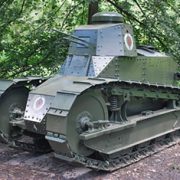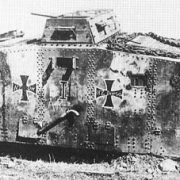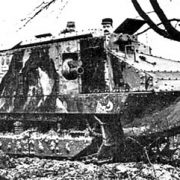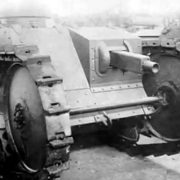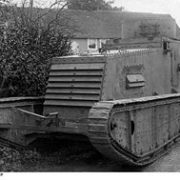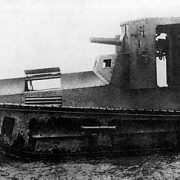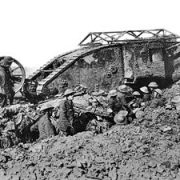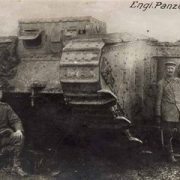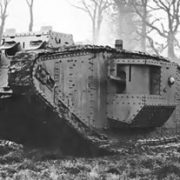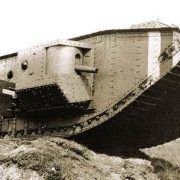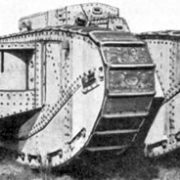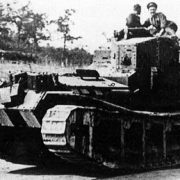The 6 Ton Tank, officially known as the M1917, was a copy of the French Renault FT-17 tank.
Because France and America had different engineering standards, many changes had to be made to the M1917s before they could enter service.
In the 6 Ton Tank, the steel-rimmed wooden idler wheels of the FT-17 were replaced with wheels
Read more
6 Ton Tank (M1917)
